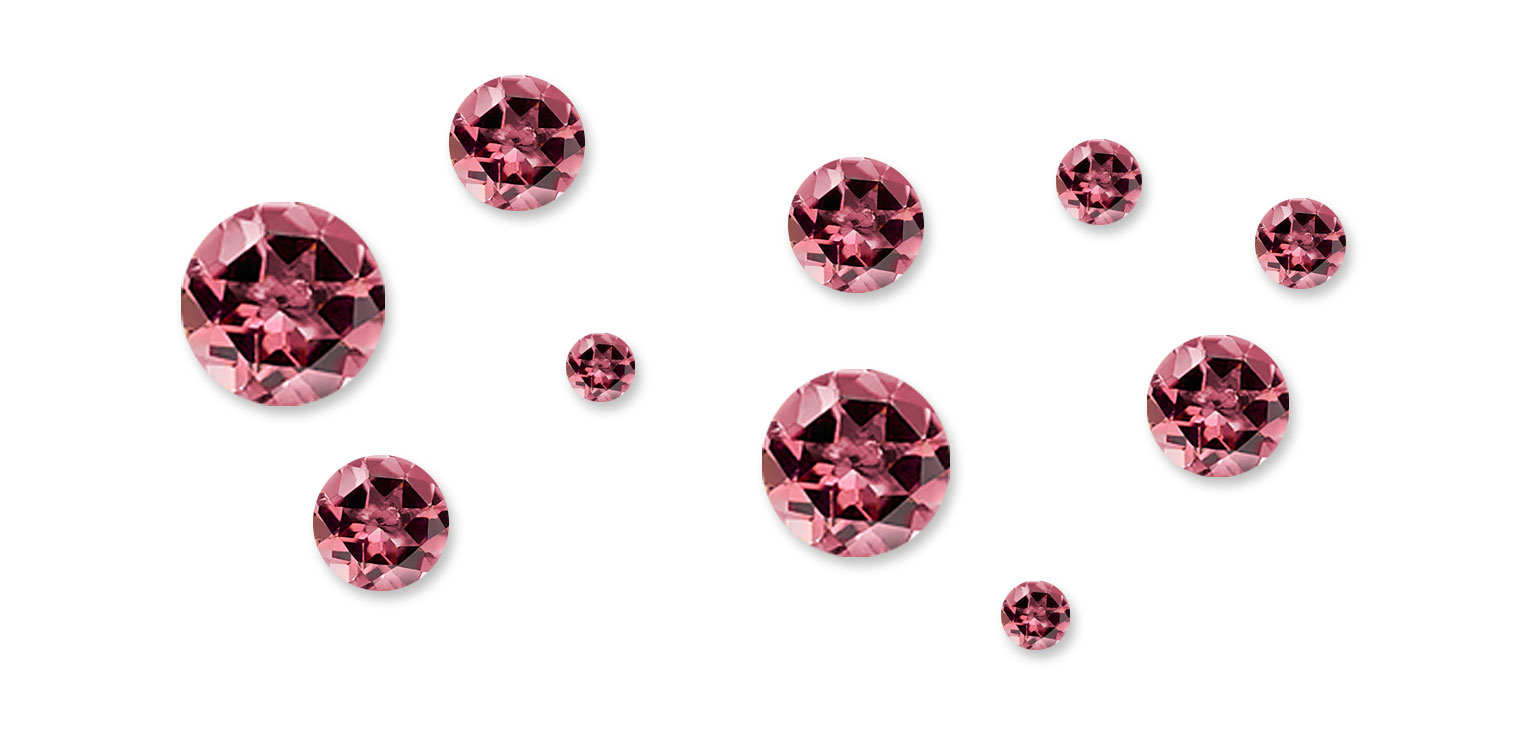Buying Guide
The Gemstone Guide to Tourmaline

Loved for
The bi-coloured “watermelon“ tourmalines, which travel from pink to green, are particularly highly prized in China today as mineral representations of the perfect balance of yin and yang.
About Pink Tourmaline
The name tourmaline comes from an ancient Sinhalese word turmali, meaning “a mixed color precious stone,“ or turamali, meaning “something small from the earth“.
In 1876, jeweller and gemologist George Kunz sold a green tourmaline from Maine to Tiffany and Co. in New York, sparking an interest in these beautiful stones that has continued to grow.
Believed to be a heart stone, pink tourmaline is associated with feminine energies. It is thought to heal emotional wounds with its relaxing and nurturing energy fostering feelings of comfort and safety, and helping to release stress, depression and anxiety.
Colour
Tourmalines belong to a family of complex aluminium borosilicates mixed with iron, magnesium, or other various metals that, depending on the proportions of its components, create stones in myriad shades from red, pink, yellow, brown, black, green and blue to violet.
Formed in triangular columns, these vivid stones often vary in colour across a single piece, with the watermelon tourmaline (colour travelling from pink to green) some of the most highly prized.
Pink tourmaline varies in colour from pale pink to deep red, and in clarity from flawless transparent gems to opaque rough crystals. The deepest red tourmalines are also known as rubellite.
Where it's found
California, Brazil, Madagascar, Nigeria, and Afghanistan.
Moh hardness
7-7.5 (1 soft to 10 hard)
Birthstone
Tourmaline combines with opal as the birthstone for October.
Anniversaries
8th wedding anniversary
